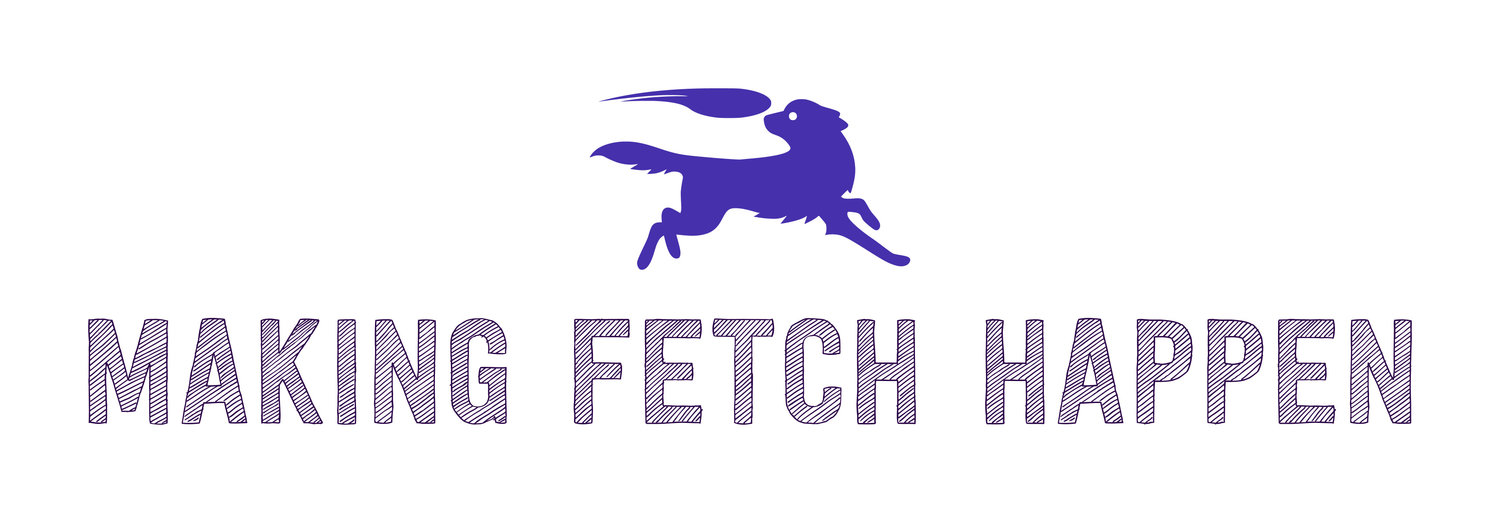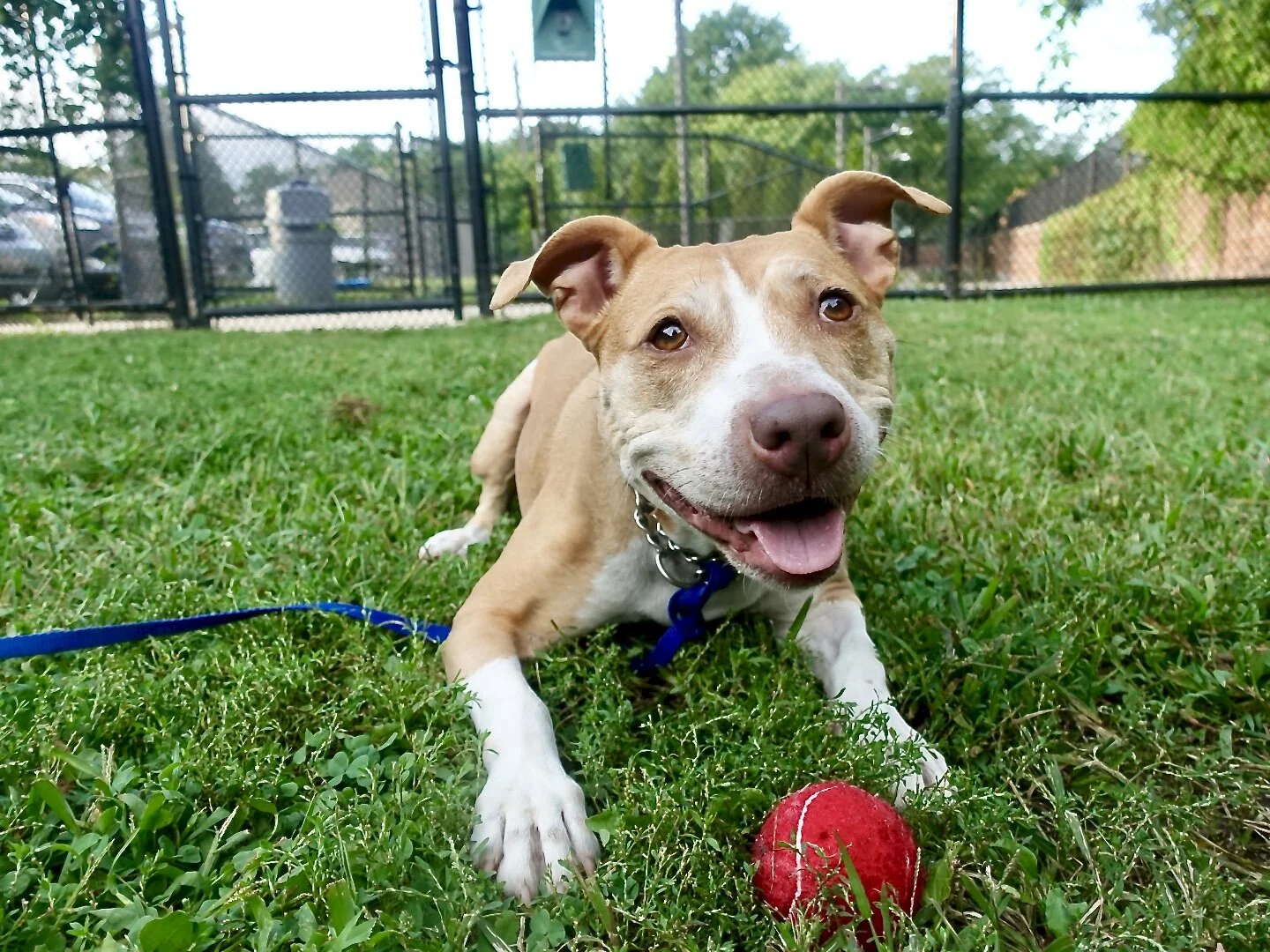Your Dog isn't Stubborn, she's Petrified
/Although it’s easy to apply human emotions to dogs, it’s important not to anthropomorphize your pup. A dog’s world revolves around good things—food, play, and attention. Thus, her behaviors are geared toward the acquisition of these rewards. Since disobedience has the opposite effect, obstinance does not naturally occur in your dog’s repertoire. If she isn't following your cue, it’s not because she’s stubborn or trying to assert her dominance. More likely, the distractions in her environment are simply not conducive to the behavior you want to see.
Before you write off your dog’s behavior as disobedience, consider the environment. Can you hear or see other dogs? How about strangers? Are there loud trucks or high winds?
A subtle change in the environment might not seem distracting or scary to you, but imagine the same stimuli from your dog’s point of view. For example, yesterday, I came across a man walking a husky during a thunderstorm. The man was trying to lead his dog down a sidewalk that fringed a busy, four-lane road. Cars honked, the wind howled, and tires splashed water onto the pavement. Alarmed, the husky tried to pull in the opposite direction. When his owner tugged him back, he sat down and would not continue walking. The man yanked the leash, but the dog stayed put. He maneuvered the dog into a standing position, but still, the dog would not budge. He was getting frustrated and began yelling commands—which, unsurprisingly, proved futile. When I turned to leave, he was dragging his dog down the sidewalk. From where I stood, I could see the husky reluctantly follow, his tail tucked, ears flattened to the sides of his head.
In reading this, it seems obvious that the dog was terrified. But while it is apparent to us that sitting was the dog’s way of shutting down, the owner probably thought he was being stubborn. He’s a husky for goodness’ sake—it’s just a little rain! But the rain, coupled with the loud winds and whipping traffic, sent that stressed boy right over his threshold.
A dog’s threshold is the distance at which a given trigger will not impact her behavior. When the trigger becomes overwhelming, the dog crosses from one emotional state (readiness to learn and follow cues) to another (fight or flight).
If your dog has ever flown to the end of her leash at the sudden wail of a firetruck, she was choosing flight. It’s easy to become annoyed by this behavior and continue to usher our dogs in the direction we were headed. But when we don’t give our dogs the option to flee when they are triggered, we push them to shut down. The husky could not retreat, so he simply froze up and glazed over. He went to his “happy place,” which of course, wasn’t really a happy place at all.
If your dog is not prone to shutting down, the other option is to fight. We see this most often with strangers and other dogs. If your pup fears another dog and she has not learned that she can move away on her own, she will use whatever behaviors have worked in the past. She might bark, growl, and even lunge at the other dog. She is shouting “get back,” because she has no other options. You can help her make the right choice by creating distance between her and the other dog before she reaches her threshold.
The same situation applies with strangers. By paying close attention to your dog’s body language, you can identify when she’s approaching her threshold. If someone is walking towards you and your dog’s tail stands straight up, her body tenses, she gets a fur mohawk down her back, or she begins to vocalize, it’s time to turn around. These are all signs that she is about to lose her ability to make the choices you want to see. When you move her away from something scary, you build confidence and trust. You teach her that—to the best of your ability—you won’t force her into environments that test her limits. In the case of the overwhelmed husky, it was the owner’s responsibility to get his dog out of that situation. Whether that means allowing the dog to choose the route, or picking him up and rushing to a safer space, concessions must be made in favor of your dog’s wellbeing.
Owning and training a dog is a partnership. If your dog’s unwillingness to work or follow cues feels like you’re on different pages, you probably are. Do you perform at your best when you’re tired, stressed, hungry, or anxious? Consider possible triggers and think like your pup. In the right environment, a relaxed dog will show you how eager she is to please.





